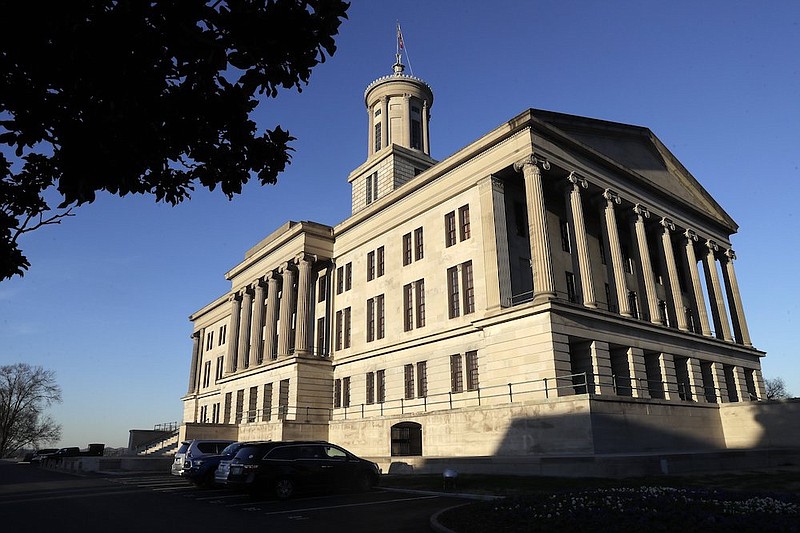NASHVILLE, Tenn. (AP) - Tennessee's Republican supermajority Legislature began work Wednesday on the once-a-decade task of carving up new legislative and congressional districts based on population shifts, a task that a Democratic congressman testified should not divide fast-growing Nashville into different U.S. House seats.
Lawmakers kicked off the monthslong undertaking with a hearing in the House, where the 16-member redistricting committee includes four Democrats. Republican Lt. Gov. Randy McNally plans to announce the Senate redistricting panel and the public input guidelines later this month, spokesperson Adam Kleinheider said.
U.S. Rep. Jim Cooper testified that the redistricting process, at least at the congressional level, in the past has been "remarkably bipartisan." He urged state lawmakers not to split up Nashville-Davidson County, as did other speakers.
"Nashville is perhaps the hottest destination in America," Cooper said. "It's a unique formula. Don't ruin the recipe."
Lawmakers will use newly released U.S. Census Bureau data to redraw state and congressional districts currently dominated by Republicans. The map proposals, shaped around state and federal requirements, will be taken up in the 2022 legislative session that begins in January. Republican Gov. Bill Lee has veto power over the finalized plan, but he's not expected to put up many objections.
Republicans hold a 73-26 state House edge over Democrats and a 27-6 margin in the Senate. The state grew by 8.9% - exceeding the 7.4% national rate - and increased to 6.9 million residents in 2020 from 6.3 million reported in 2010.
Tennessee won't gain or lose any congressional districts. The House delegation currently includes seven Republicans and two Democrats, whose districts center on Nashville and Memphis.
Committee attorney Doug Himes said 30 counties lost population in the 2020 census, versus 17 counties growing above 10%, most in Middle Tennessee. He noted that Tennessee has a growing Hispanic population, as well.
Shelby County, which includes the majority-Black city of Memphis and remains the most populous county, saw a small population increase of 0.2%, or 2,100 people, while multiple counties in West Tennessee saw population drops.
Nashville-Davidson County itself saw a 14.2% population boost, adding about 89,200 people through the decade and checking in at second-most populous in the state, the numbers show. Its suburbs saw a bigger percentage boost, with Williamson County increasing by 35.2%, or 64,500 people, and Rutherford County jumping up 30%, or about 78,900 people. Several other Middle Tennessee counties saw population increases that exceeded 20%.
Himes said people can submit their own redistricting proposals through Nov. 12, though they have to include an entire state map of the state House, Senate or U.S. House. Leaders of several groups, including the League of Women Voters of Tennessee and The Equity Alliance, urged lawmakers to accept maps of individual districts as well, since people who know their communities may not know as much about the state at large.
Republican House Majority Leader William Lamberth said people should not be intimidated by having to submit statewide plans, saying they can note that there's a specific area they are focused on.
"Tennessee has grown," Lamberth said. "Our numbers have changed. We want to hear from you."
